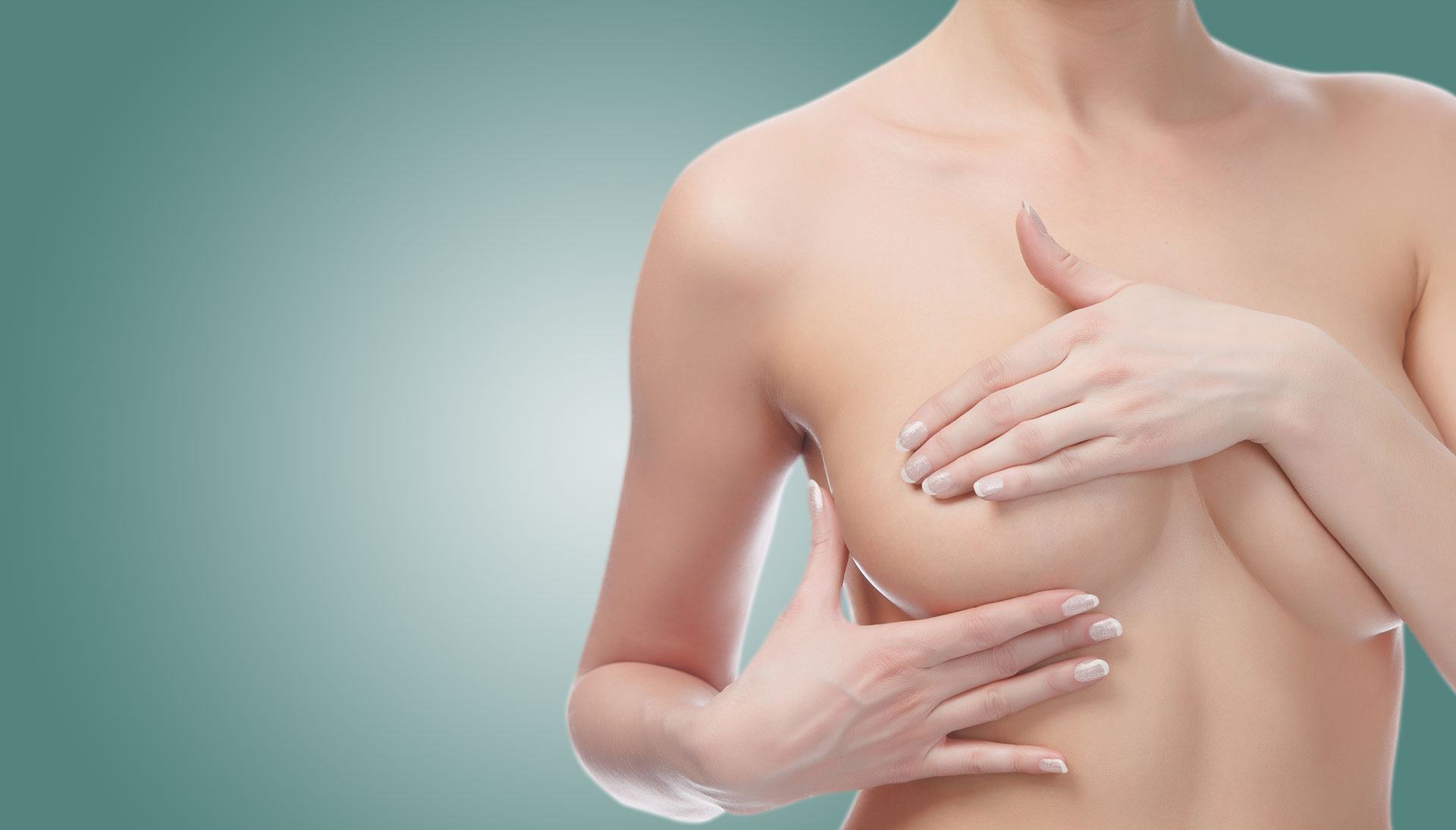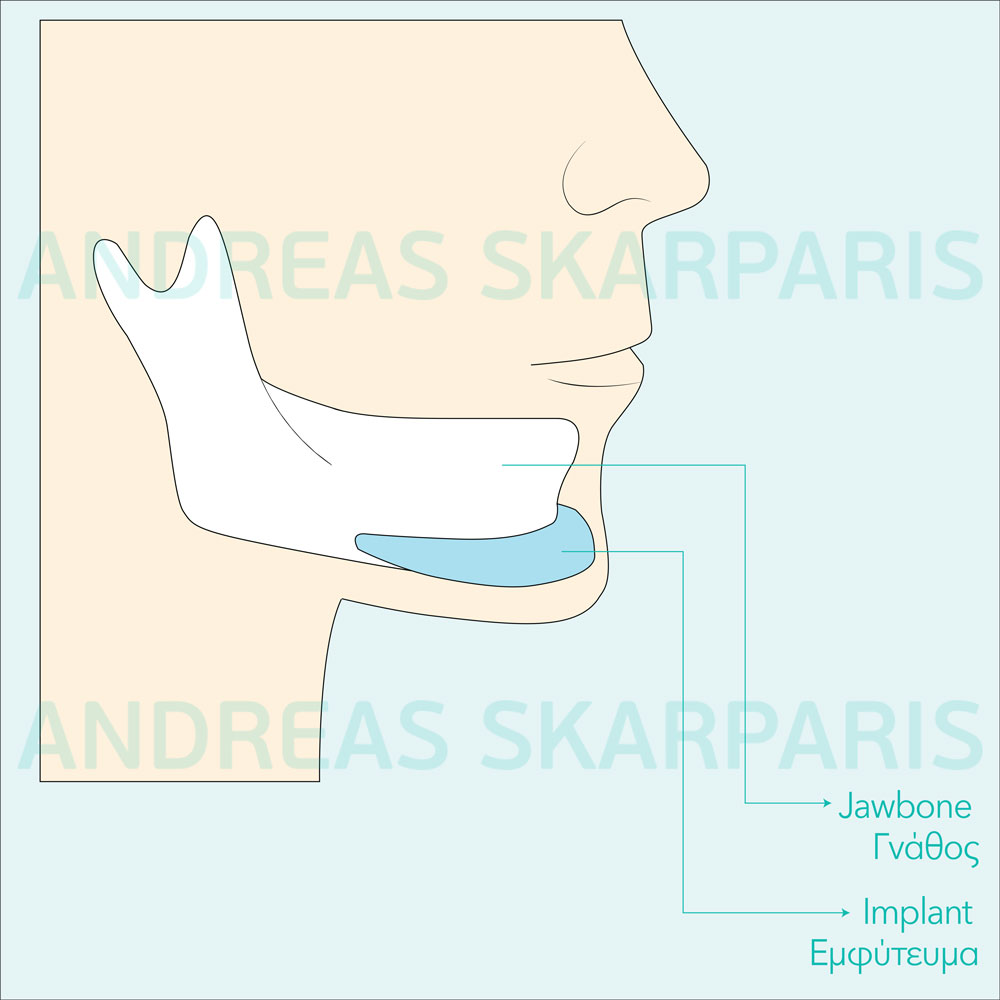CHIN SURGERY: AUGMENTATION (GENIOPLASTY) AND REDUCTION (MENTOPLASTY)
A balanced facial appearance depends partly on the shape and size of your chin in relationship to your nose. Chin Surgery can reduce (mentoplasty) or augment (genioplasty) the chin to give your face a more balanced appearance. A recent study of facial bones demonstrated that individual facial bones shift, reduce, or enlarge with age. Because of the age-related nature of the changes, most chin surgery patients are adults.
OPTIONS AND COMBINATIONS
Other procedures may be performed with chin surgery. For example, Liposuction may be used to treat a double chin or to remove excessive fat in the chin area and neckline. Dr. Skarparis may suggest Chin Surgery as a supplement to Nose Reshaping because a small chin can make the nose appear larger. Chin Surgery may be recommended as part of a combination treatment plan for a Face-lift patient as well.
*For a Droopy Chin (sometimes call “Witch’s Chin”), Dr. Skarparis may recommend corrective elevation.
GETTING STARTED WITH CHIN SURGERY
Chin Surgery is usually performed under local anaesthesia (sedated, numbed, and awake). For more complicated cases, general anaesthesia may be used. Patients usually return home within hours of the procedure. Depending upon the extent of the case, time in surgery may be one hour or less.
MENTOPLASTY: CHIN REDUCTION
During mentoplasty surgery, Dr. Skarparis makes an incision in one of two possible locations:
- Under the lower lip inside the mouth
- Under the chin in an inconspicuous location
Then Dr. Skarparis will use an electrical instrument (a bone burr or a drill) to reduce and reshape the bone to create a more natural appearance.
GENIOPLASTY: CHIN AUGMENTATION
Chin Augmentation can be performed by the use of a chin implant to augment a receding chin, or by the surgical advancement of the bone itself. Dr. Skarparis will decide whether to use a Silastic Chin Implant or to advance your own bone, depending on the degree of projection that is needed for correction. If you choose a Chin Implant, the incision is under the lower lip inside the mouth. The implant is placed in an appropriately sized pocket. Sizers are used to achieve the best appearance; then the actual implant is carefully placed and the incisions are closed. If you choose to advance bone in the chin, Dr. Skarparis makes an incision under the lower lip inside the mouth and separates the edge of the chin bone. The plastic surgeon moves the separated chin-bone tip forward and positions it with wires or special bone plates and screws. Finally, the surgeon stitches the incision closed and applies tape to the chin area.
AFTER CHIN SURGERY
You may also experience significant swelling in the treated area, which will subside over the course of several weeks. Follow doctor’s postoperative instruction list to help reduce the risk of complications. There may be some pain, which can be managed with oral medications. Normal activities can be resumed typically within seven days.
COMPLICATIONS AND RISKS OF CHIN SURGERY
Complications in the mentoplasty or genioplasty procedures do not occur often. Although rare, some patients may develop an infection in the chin or lip area, usually treated with antibiotics. Over time, portions of the bone may erode; however, this does not typically cause any medical concerns, discomfort, or changes in the appearance of the chin.
In the genioplasty procedure, wires or plates are removed if they cause discomfort. Patients may experience the lack of sensitivity in the chin or lip area; however, the numbness is usually temporary. It is important to note that complications are infrequent.
Chin surgery can restore the balance between the facial features and gives very rewarding results.





